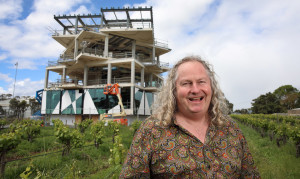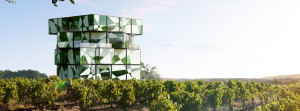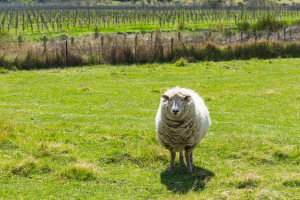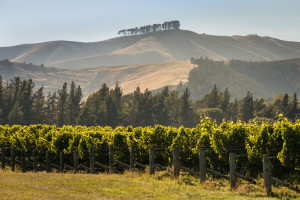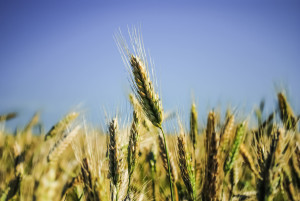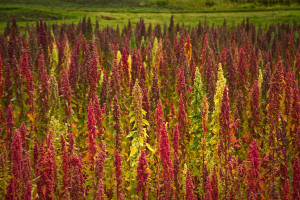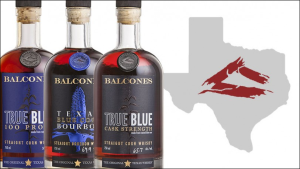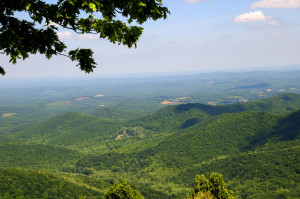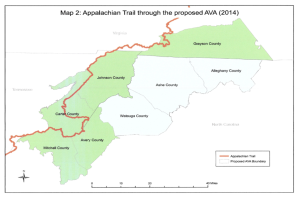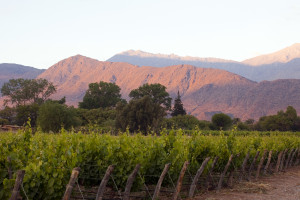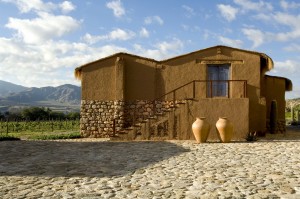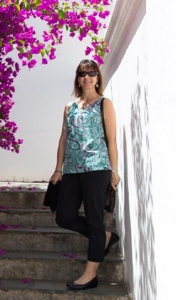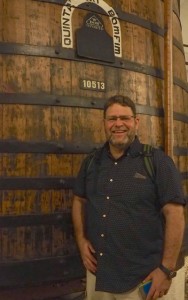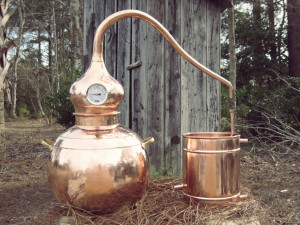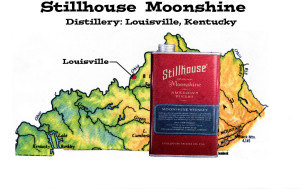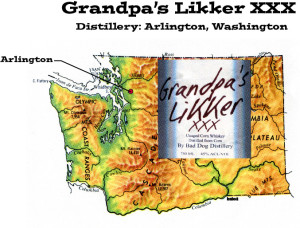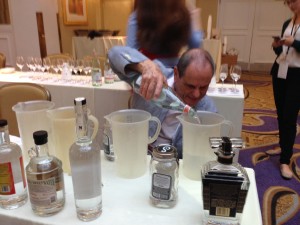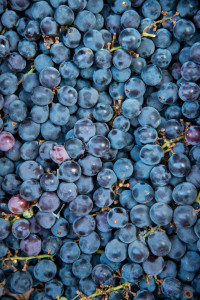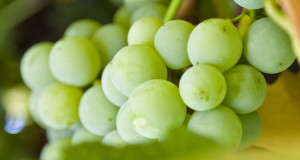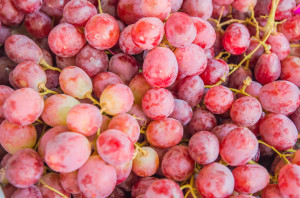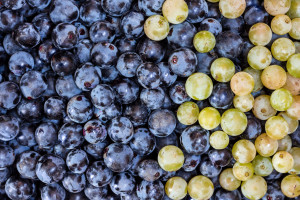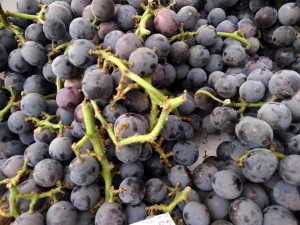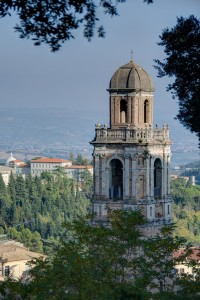
Montefalco, Italy
Today we have a guest post from Steve Armes. Steve is a wine-loving artist who resides in Irving, Texas. In this article, Steve takes us along on a trip to Montefalco, in Italy’s Umbria province, where he discovers the lovely countryside and architecture of the region – in addition to the area’s wine.
“In the horse race that is the Italian wine scene, the field is populated by the usual suspects. In the straight, Brunello di Montalcino leads by a length, followed by Amarone and Barolo in a dead heat. You can bet across the board on these. But my money is on a dark horse that is on no one’s preferred list: Montefalco Sagrantino. Focus on the backstretch and look for this wine to finish in the money.
Montefalco (mountain of the hawk) is a small town tucked away in central-eastern Umbria, half way between Spoleto and Assisi. Encircling this walled city are 250 magical acres where God, man and Mother Nature collaborate to produce a little-know grape that is about to shift our wine paradigm: Sagrantino.
Although the origin of the grape is unclear, with some researchers attributing its birth to Asia and others to Greece, this variety is quickly becoming Italy’s next rock star. We know that behind every great grape is a sublime terroir, and this is no exception. Montefalco is surrounded by the Apennines, and its playground is an admixture of clay with limestone and sand. The hot summers there are ameliorated by a cooling breeze known as la tramontana (the north wind). The grape is ancient, but its reputation is young. How, in this what-have-you-done-for-me-lately wine universe is this possible? The answer is one of vinification.
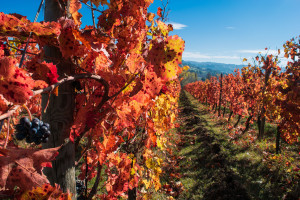
44
Unlike Brunello di Montalcino, which was sitting around in the cellars of Tuscany waiting for enologists to stumble upon it in the late 70s and make it an overnight sensation, Sagrantino languished in obscurity. Vintners often made Sagrantino in the passito style, drying the berries on straw mats prior to fermentation, making them raisin-like, which increased the sugar and the resulting alcohol content—the latter often exceeding 14%. But as wine cognoscenti will aver, the 1970’s brought a great change to the juice universe and tenacious growers of this region were determined to bring out the grape’s full potential. Discarding the older methods, visionaries of vinification began to make the wine in the secco or dry style, transforming it from a sweet wine into a bold and tannic contender. The wine would earn DOC status in 1979, and DOCG status in 1992. The Montefalco Sagrantino DOCG is approved for both dry (secco) wines and passito wines with between 80 and 180 grams/liter of residual sugar.
Sagrantino, with its deep garnet color, foretells a nose of blackberry, violets, and other floral scents. The palate reveals itself to be full of plum, lingering earthiness, and spice with a finish that will make tannin-lovers go wild. In its dry (and most popular) form, it can be a big, big wine. The grape is one of the most tannic of extant varietals, and will pair with a range of dishes as well as with spicy entrees. Or, savor it alone and decipher its amazing complexity and balance. It cellars well for at least a couple of decades, and in most versions, can profit from being opened and allowed to breathe for hours.
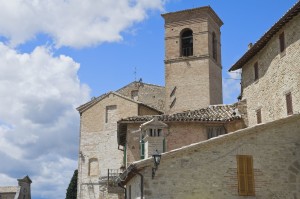
…
Those of us who have sipped our way through Italy know that the best Italian wines can be costly. But the manna from heaven in this promised land called Italy is that these premiere wines are also produced in a junior version which is made affordable by either an admixture of lesser grapes or a shorter aging period. Examples are Amarone/Ripasso, Brunello di Montalcino/Rosso di Montalcino, and Vino Nobile di Montepulciano/Rosso di Montepulciano. Following suit, Sagrantinos await the wine enthusiast in 3 forms: The passito style, which is still available, the secco Montefalco Sagrantino , both of which contain 100% Sagrantino, and the Montefalco Rosso DOC, which contains 10-15% Sagrantino blended with Sangiovese or other grapes. The dry Sagrantino di Montefalco is aged for 37 months, including 12 in oak. The sweet version is also aged for 37 months (with no minimum requirement for oak). Montelfaco Rosso DOC has a minimum aging requirement of 18 months (30 for the Riserva, which includes at least 12 months in oak).
To trek through Italy is to make un giro di gusto, a taste tour. In Montalcino, the world revolves around Brunello. In Montepulciano, vino Nobile flows from the tap. And anyone who has taken an excursion through Tuscany is familiar with the strada in chianti, and the tour bus from Florence to Siena that stops in Greve so tourists can consume Chianti Classico, the delectable poster child of Italian wine. But the people of Umbria have been taking notes. What they have learned is that tourists long to travel through the rustic campagna to discover for themselves the next great culinary Arcadia. It seems that the Umbrians know what is coming, so they have created La strada del Sagrantino. All roads leading to Montefalco host signs with the best logo I have seen of all Italy’s strade del vini (wine trails).

…
As you encounter the fare in the area, you will find that their world revolves around the grape (as in Montalcino). There are lenticchie (lentils) soaked in Sagratino, cheeses produced in similar fashion, so that the rind is the garnet red of the wine, even Sagrantino jelly. Walk into a shop in Montefalco, and they will be only too happy to offer you a sample of Sagrantino, but will also force upon you salumi e formaggi (salami and cheese). Typically, shops will have about 15 to 20 different bottles of Sagrantino di Montefalco and 8 to 10 rossos. We saw few passito or sweet versions, but they are certainly available. As we gravitated toward the rossos, we were quickly told that they were misti (meaning “blends”), and we assured them that we understood. The rossos start at around 12 Euros, and the Sagrantinos begin just over 20 Euros. The 250 acres that spawn Sagrantino do not allow for a large yield, so the wine will likely stay in limited supply. And even though some prescient grapesters are experimenting with it in Tuscany, it will perforce be a different wine, for the elements that make up terroir differ from mile to mile, if not from acre to acre.
As I wade through the travel magazines and blogs, I see that Tuscany is no longer the destination du jour, and that Puglia and Sardegna are the new hot spots, which is fine in my opinion, for I will continue to frequent Tuscany, hoping to find fewer tourists there. But the unavoidable truth is that Umbria, and Montefalco in particular, is going to be on the short list of savvy travelers. This region, known for such attractions as Lake Trasimeno, a popular sporting destination, and Assisi, the best-preserved medieval walled city in Italy, is poised to become the next Mecca for eager globe-roamers. Information is available from the Associazione Strada del Sagrantino, Piazza del Comune n.17 06036 Montefalco, telephone 0742 378490, email info@stradadelsagrantino.it.
Although it is unimaginable now, growers of Sagrantino nearly plowed the vines under, intending to replace them with more profitable varieties. But they didn’t. And thus they have given us Sagrantino di Montefalco, the best Italian wine you have never heard of, saving it from being the best Italian wine the world would never know.
Come to think of it, the Italian wine world really isn’t like a horse race. Horse races are loud, frantic and fast. Italian wine is more like a leisurely afternoon stroll through the dappled sunlight on a dirt path that separates the olive groves from the vineyards, the breeze carrying the ancient aromas of growth, fruit, and rebirth. And the Italians have caught it all and put it in a bottle.
Copyright Steve Armes 2009
Steve Armes is a classically trained painter who travels to Italy to paint the landscape. He is an ardent student of wine, with a particular interest in Italian wines. You may see his work at www.stevearmes.com. He lives in Irving, TX.
Are you interested in being a guest blogger or a guest SWEbinar presenter for SWE? Click here for more information!
